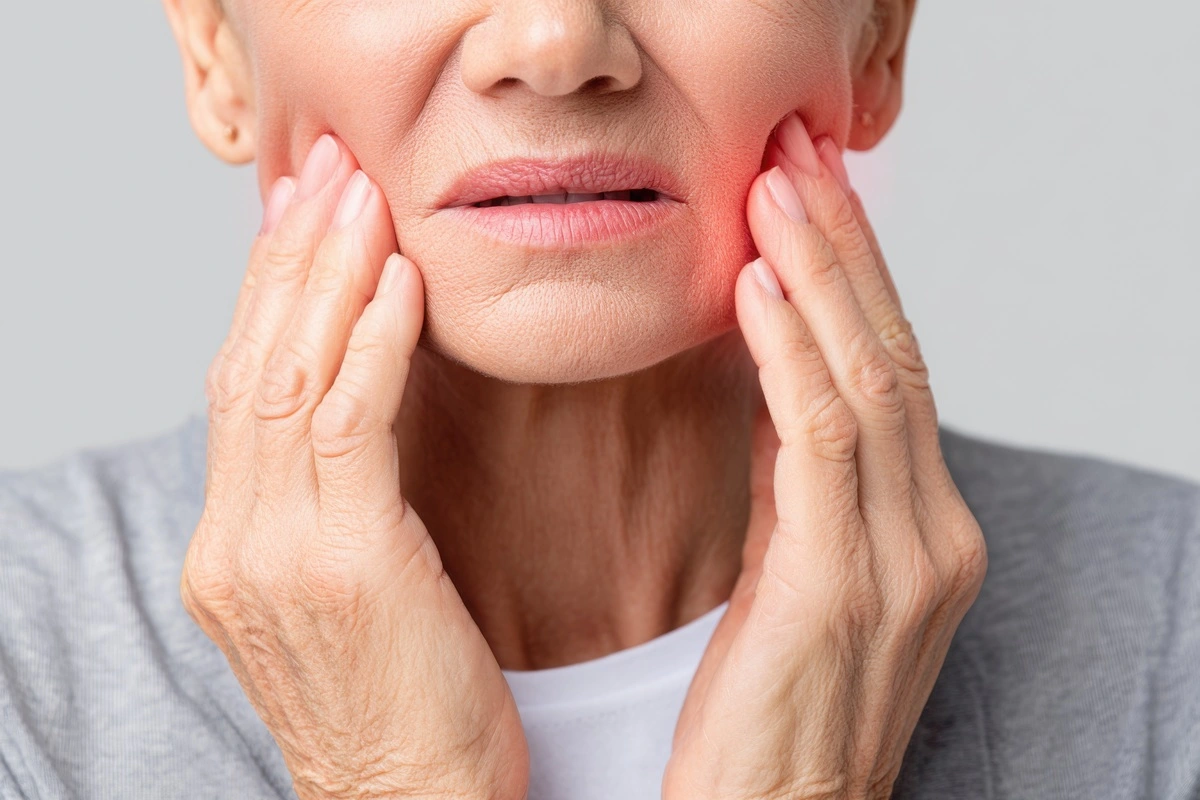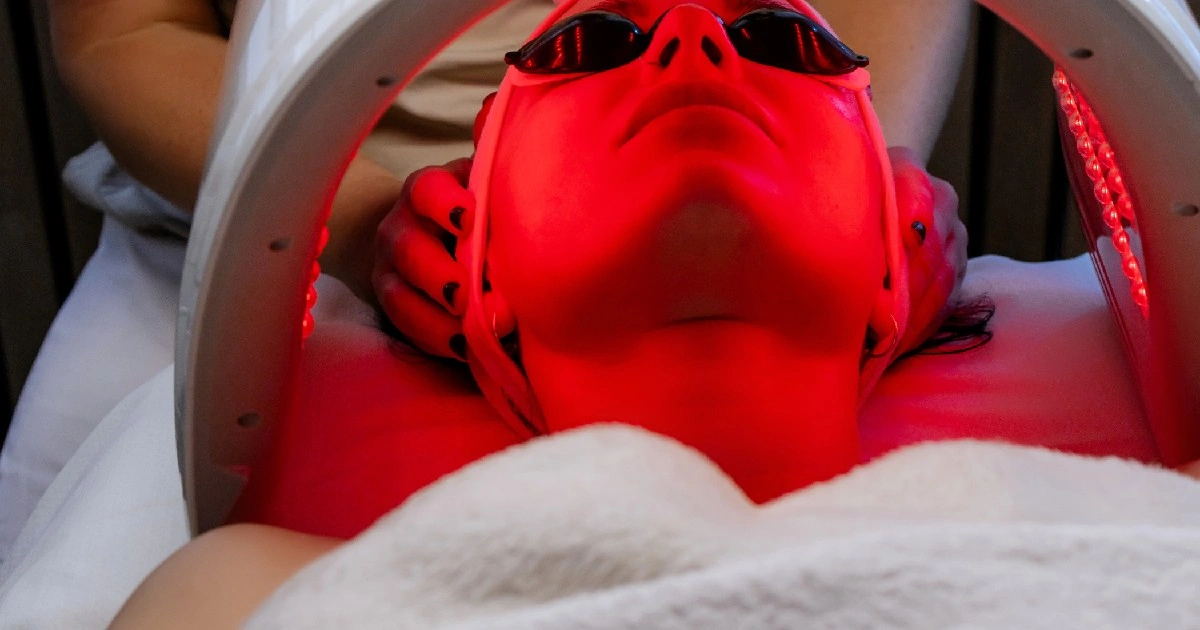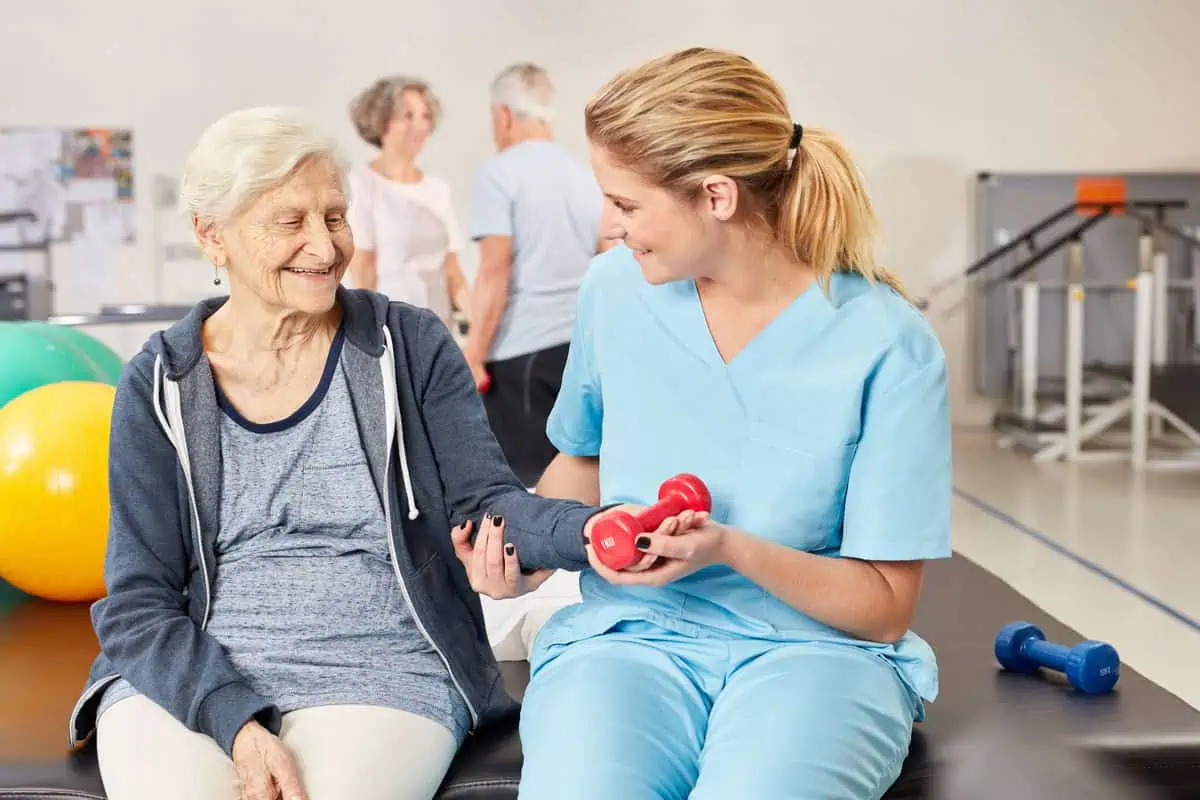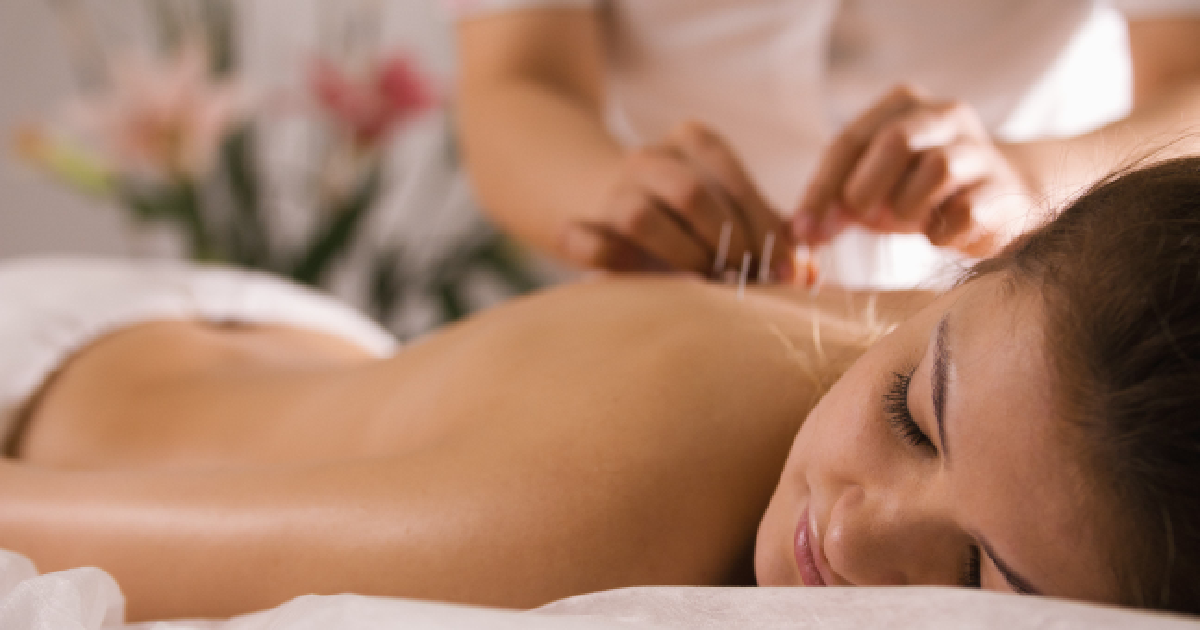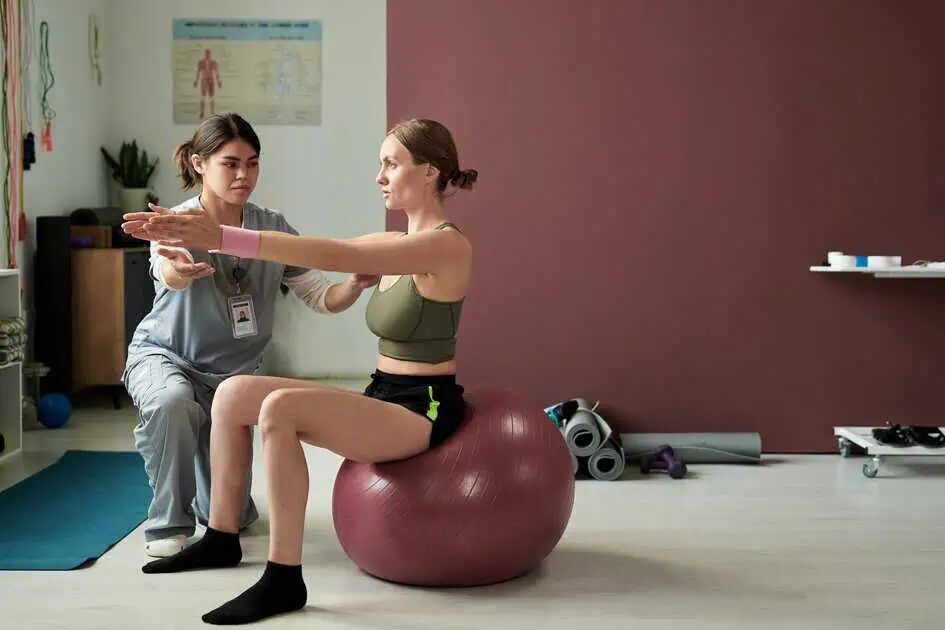For centuries, cupping therapy has captivated individuals looking for alternative wellness solutions. Originating in ancient civilizations like China, Egypt, and the Middle East, this compelling practice employs suction cups to enhance blood circulation and treat various health issues. So, what is the science behind cupping therapy? As a hub for unique wellness experiences, Hudson Premier Physical Therapy & Sports is here to guide you. This all-encompassing article aims to reveal the mysteries of this time-honored technique. From its storied history to its diverse benefits, we’ll dissect each cupping therapy aspect to offer newcomers and enthusiasts a complete understanding of the practice.
What is Cupping Therapy?
You’ve likely heard the buzz about cupping therapy, especially if you’re someone who’s always on the lookout for alternative wellness practices. But what is cupping therapy all about? Let’s dive into it and shed some light on this intriguing practice.
- The Basics of Cupping Therapy
- Defining Cupping: Applying suction cups to the skin creates a vacuum. It stimulates blood flow and can have various health benefits.
- Types of Cups Used: Practitioners typically use cups made of glass, bamboo, silicone, or earthenware. Each material has its advantages and suitability for different kinds of cupping.
- The Different Types of Cupping
- Dry Cupping: This is the most straightforward form. A vacuum forms inside the cup and adheres to the skin, pulling it upward.
- Wet Cupping involves a small incision on the skin before the cup attaches. Experience the benefits of suction therapy that draws out a small quantity of blood, effectively removing toxins. Join the practitioners and feel the difference!
- Fire Cupping: A quick flame heats the air within a glass cup, creating a vacuum. The cup then attaches to the skin, using suction to pull the skin inwards.
- The Science Behind the Practice
- Physiological Effects: Cupping increases blood flow to the suctioned area, speeding up healing and relieving muscle tension.
- Qi and Meridians: In Traditional Chinese Medicine, cupping balances the body’s life force, or “Qi,” by targeting specific meridian energy pathways.
- Common Uses of Cupping Therapy
- Pain Relief: Many people turn to cupping to relieve aches and pains, particularly back and neck pain.
- Skin Conditions: Some claim that cupping can improve conditions like acne and eczema, although scientific evidence is limited.
- Respiratory Issues: Cupping therapy can also treat asthma and bronchitis.
The Benefits of Cupping Therapy
You’re now familiar with what cupping therapy is and the different types that exist. But what about the benefits? Why are people so drawn to this ancient practice? Let’s dive into the various miracles attributed to cupping therapy.
- Physical Health Benefits
- Muscle Relaxation: Muscle relaxation is one of the most immediate benefits of cupping. The cups create suction to increase blood flow, relieve muscle tension, and promote relaxation.
- Pain Management: Regular cupping can alleviate chronic conditions like arthritis, fibromyalgia, and back pain.
- Improved Circulation: The suction action encourages a robust flow of blood, which can help improve overall circulation and accelerate healing in targeted areas.
- Mental Health Benefits
- Stress Reduction: Cupping can relieve stress and anxiety, promoting mental well-being due to its relaxing effect on muscles.
- Enhanced Focus: Some people report feeling more alert and focused after a cupping session, although the scientific evidence supporting this is limited.
- Wellness and Preventive Care
- Immune System Boost: By purportedly removing toxins and improving blood flow, cupping advocates claim it can strengthen the immune system.
- Respiratory Relief: Some find relief from respiratory issues like asthma or bronchitis through cupping therapy, although it’s essential to consult healthcare providers for chronic conditions.
- Skin Health: Claims exist that cupping can help with acne, cellulite, and skin inflammation, but it’s vital to note that scientific evidence is sparse in these areas.
- More Specialized Benefits
- Digestive Health: Some practitioners argue that cupping can aid digestion and relieve digestive disorders, although definitive scientific proof is lacking.
- Sports Performance: Athletes often turn to cupping for faster recovery and improved performance, but the scientific backing for this is limited.
- Precautions and Considerations: It’s crucial to remember that while many people report significant benefits from cupping therapy, it’s not a replacement for conventional medical treatments. Always consult with healthcare providers, especially if you’re considering cupping for specific medical conditions.
The Procedure of Cupping Therapy
So, you’ve learned what cupping therapy is and its various benefits. You’re probably wondering, “How does a typical cupping session work?” Let’s walk through the procedure from start to finish.
- Before The Session: Before any cupping treatment, a qualified practitioner will consult about your health history and specific issues you wish to address. Then, based on the consultation, the practitioner will decide which type of cupping (dry, wet, or fire) is most suitable for you. The practitioner will clean the skin area where the cups will be placed, often with alcohol or another disinfectant.
- During The Session: The Cups are strategically positioned on various body points, depending on the condition being treated. Then, the practitioner induces a vacuum within the cup using heat or a mechanical device. It secures the cup onto your skin. Based on the treatment plan, cups remain on the skin for 5 to 20 minutes. Sometimes, the practitioner may move the cups around to cover more area, often using oil to help the cups slide over the skin.
- Additional Techniques
- Wet Cupping: The practitioner will make small incisions to draw out “impure” blood during suction if you’re undergoing wet cupping.
- Adding Heat: In the case of fire cupping, a flammable substance is briefly ignited within the cup to create the required suction.
- After The Session
- Removing the Cups: The practitioner will carefully break the suction seal and remove the cups from your skin.
- Post-Session Care: The treated area is often cleaned and may be covered with ointments or bandages to prevent infection.
- Aftercare Instructions: You’ll receive guidelines about what to expect after the session and any precautions to take.
Consult a Professional
Understanding the step-by-step procedure of cupping therapy can demystify the practice and make it more approachable. Whether you’re new to cupping or seeking to deepen your understanding, knowing what to expect can prepare you for a more beneficial and comfortable experience. Don’t leave your well-being to chance; take an active step towards a healthier, more balanced life. As always, consult with a qualified practitioner for personalized guidance.
Takeaway
We’ve journeyed through the ins and outs of cupping therapy, exploring its history, benefits, and procedural details. At Hudson Premier Physical Therapy & Sports, we’re dedicated to offering you a unique wellness experience that aligns with your health goals. Our practitioners can help with chronic pain, circulation, and alternative therapies. Contact us today to book an appointment and experience the transformative effects of cupping therapy firsthand.

